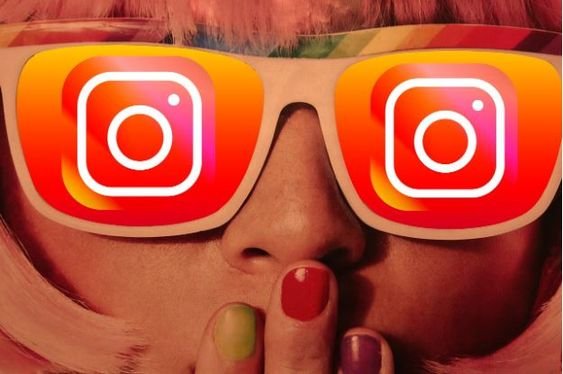
New Delhi | June 01: “Want to evolve your marketing style? Switch to Influencer Marketing”.
Have you ever wondered why businesses and entrepreneurs are switching to this method of marketing, and that too with micro-influencers? In the past few years, in the era of ever since evolving landscape, influencer marketing has become one of the most popular and effective strategies for brands to reach and engage with their target audiences. However, the influencer landscape is also constantly evolving, and the latest stayed trend is the rise of micro-influencers. The industry has evolved into a global necessity for every brand aiming for long-term success and is expected to reach INR 2,800 crores, growing at a CAGR of 25% through 2026.
Micro-Influencers: Understanding the Term
Micro-influencers are social media users who have a relatively small but loyal and engaged following, usually between 1,000 and 100,000 followers. They are often experts or enthusiasts in a specific niche, such as fashion, beauty, fitness, travel, or gaming. They create authentic and relatable content that resonates with their followers, who trust their opinions and recommendations. Their content is raw, genuine, and often unfiltered which brings a human touch and ultimately, a simple endorsement turns into a relatable story, making it able to connect deeply with audiences. In this world where everything is polished, this genuine touch is both refreshing and influential.
Why the shift?
Here are just a few reasons why brands are ditching the megastars and focusing on the micro-influencers. Let’s see how these smalls are creating a big sensation in the marketing industry:-
· Higher engagement rates – Micro-influencers tend to have higher engagement rates than mega-influencers, as they have more personal and meaningful interactions with their followers. According to a study by Forbes, micro-influencers have an average engagement rate of 7%, compared to 1.7% for mega-influencers.
· More authenticity and credibility – Micro-influencers are seen as more authentic and credible than mega-influencers, as they are more selective and transparent about the brands they collaborate with. They also share more realistic and honest reviews of the products and services they promote, which makes them more trustworthy and influential to their followers.
· More cost-effective – Micro-influencers charge much less than mega-influencers for sponsored posts, which makes them more affordable and accessible for brands with smaller budgets. According to a foreign report, the average cost per post for micro-influencers is $315, compared to $2,085 for mega-influencers.
· More niche and targeted – Micro-influencers have a more niche and targeted audience than mega-influencers, which makes them more relevant and effective for brands that want to reach a specific segment of consumers. For example, a brand that sells vegan skincare products can partner with a micro-influencer who is passionate about veganism and beauty, and who has a loyal following of like-minded consumers.
· Focus on Organic Content – Micro-influencers have the idea of changing the landscape of audiences. Audiences today want more organic posts rather than paid where influencers bring their authentic selves and only talk about brands and products they really admire or relate to. Hence, this amalgamation in their content is enriching the trust in audiences.
How to work with Micro–Influencers?
Working with micro-influencers can be a rewarding and profitable strategy for brands, but it also requires some planning and research. Here are some tips on how to work with micro-influencers:
· Find the right micro-influencers – The first step is to find micro-influencers who are aligned with your brand’s values, goals, and target audience. Use tools like Google search, Instagram, Bing search, etc. to search for keywords related to your niche, and see which micro-influencers rank high in the results. You can also use platforms like Influence or AspireIQ to browse and filter micro-influencers by category, location, audience size, engagement rate, and more.
· Reach out and build a relationship – After the identification, reach out to them through the available contacts by sending them a personalized email or a direct message on their preferred social media platform, and introduce yourself and your brand. Explain to them why you think they are a good fit for your brand, and what kind of collaboration you have in mind.
· Negotiate and agree on the terms – After a well-established rapport with the micro-influencers, you need to negotiate and agree on the terms of the collaboration. Remember to discuss the expectations, deliverables, timeline, budget, and payment method. You should also agree on the creative direction, the type and format of the content, the hashtags and mentions to use, and the disclosure and approval process. After all, sign a contract that outlines all the details and protects both parties.
· Measure and optimize the results – The last step is to measure and optimize the results of the micro-influencer marketing campaign. Track and analyse the key performance indicators, such as impressions, reach, engagement, clicks, conversions, and return on investment. Try collecting feedback from the micro-influencers and their followers, and see what worked well and what can be improved.

























